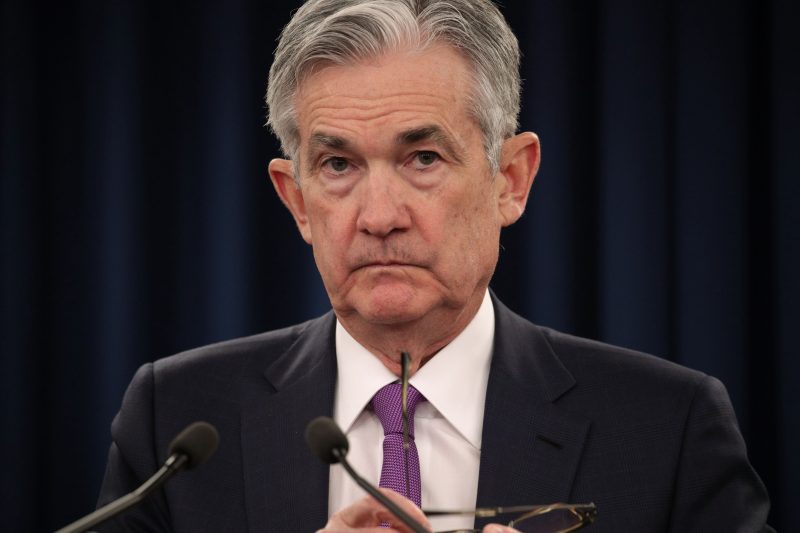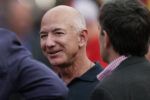US Federal Reserve says economic risks have receded
The minutes recounted a meeting that had occured before this month’s deterioration in trade talks with China. Fed Chairman Jerome Powell addresses the media in January 2019 (ALEX WONG)
Washington (AFP) – Risks to the US economic outlook, including trade uncertainty and Brexit, have receded but are still present, the US Federal Reserve said Wednesday.
And with inflation pressures still muted the central bank can afford to be patient before deciding on any further rate moves, according to the minutes of the April 30-May 1 policy meeting, when the Fed left the key lending rate unchanged.
However, the meeting was held at a time when optimism was high for a deal to end the US-China trade war and before President Donald Trump more than doubled tariffs on $200 billion in Chinese goods, sparking further retaliation from Beijing.
Likewise the discussion of monetary policy came before Washington reached an agreement with Canada and Mexico to end the US tariffs on steel and aluminum imports, and put an end to the retaliation against American exports.
The minutes also revealed a split among the officials about the outlook for inflation, which has stubbornly remained below the Fed’s two percent target despite a strong economy and low unemployment rate.
“A number of participants observed that some of the risks and uncertainties that had surrounded their outlooks earlier in the year had moderated, including those related to the global economic outlook, Brexit, and trade negotiations,” the Fed minutes said.
“That said, these and other sources of uncertainty remained.”
Fed officials still expect solid growth this year, but below the torrid pace of the first quarter, when the economy expanded 3.2 percent. Still, the agriculture sector is facing a tough time amid trade disputes and recent massive flooding, according to the report.
Given the “waning impetus” of the 2017 tax cuts and the four interest rate increases last year, officials “expected real GDP growth to slow over the medium term, moving back toward their estimates of trend output growth.”
– ‘Idiosyncratic factors’ –
Central bankers remain baffled by the very low inflation rate, which they continue to attribute at least in part to “idiosyncratic factors,” like low apparel prices.
“A few” Fed officials were more concerned by the risk prices could suddenly shoot higher, while “a few other participants” said persistent low inflation and moderate wage increases indicate the risk was not as great.
The risk of inflation below target is that it gets stuck at the too-low level, making it harder for the Fed to support the economy.
Meanwhile, given “global economic and financial developments as well as muted inflation pressures, participants generally agreed that a patient approach” to deciding on the benchmark lending rate “remained appropriate.”
After raising the key lending rate four times last year, the Fed voted unanimously this month to keep it in a range of 2.25-2.5 percent.
Conflicting economic data has complicated the Fed’s decision-making, while repeated attacks by President Donald Trump have left the institution open to concerns it might bow to political pressure.
Trump has slammed the Fed on Twitter for “incessantly” raising interest rates despite low inflation, and called on officials to cut the rate by a full percentage point.
But Fed Chair Jerome Powell has repeatedly said the central bank does not pay attention to political considerations, and is comfortable with its wait-and-see approach.
Still, policymakers will be “watching inflation carefully, according to Powell.
A growing number of economists expect the Fed to cut the benchmark rate later this year.
Disclaimer: Validity of the above story is for 7 Days from original date of publishing. Source: AFP.


